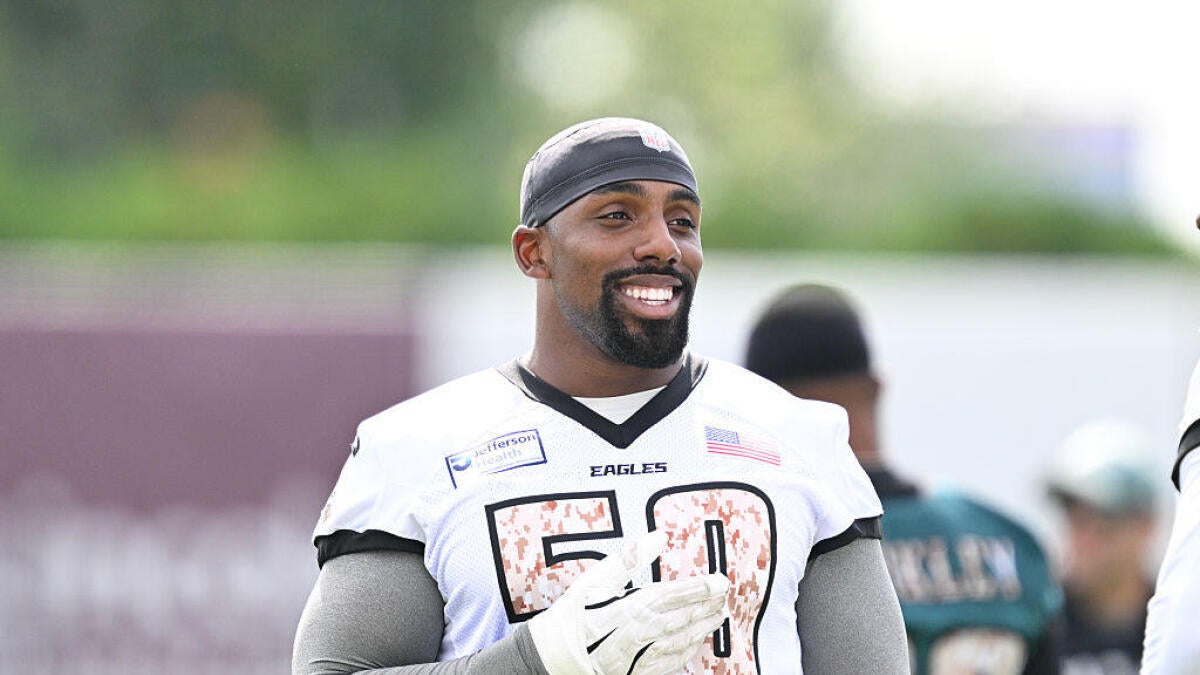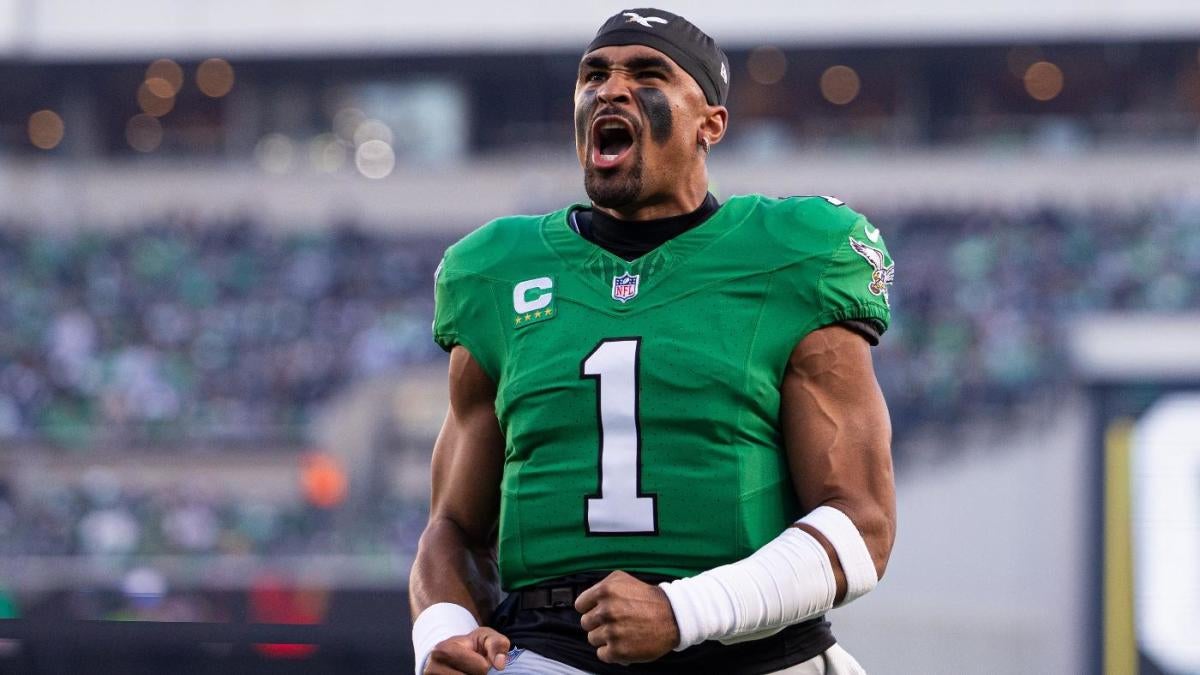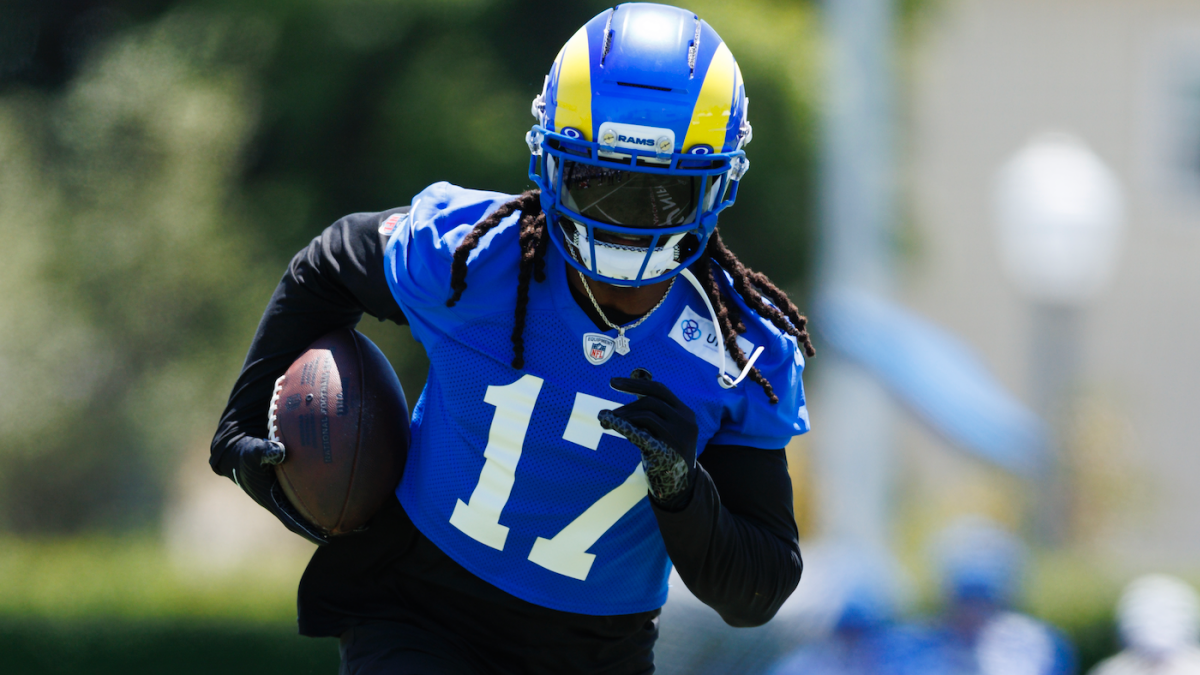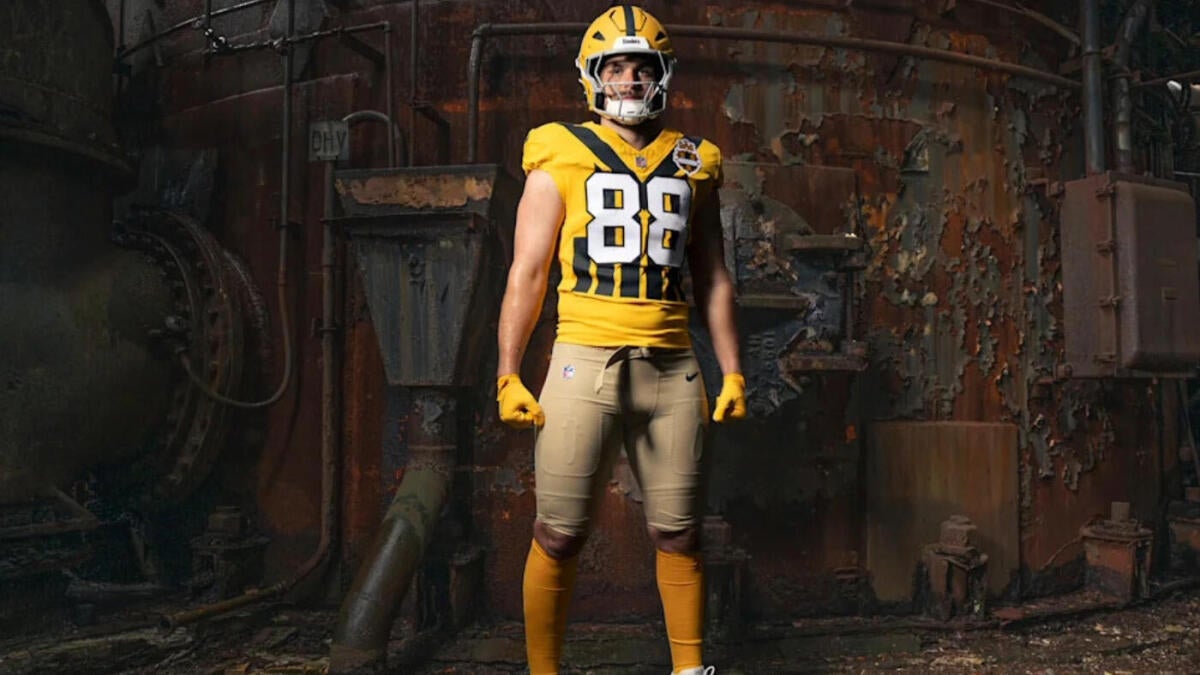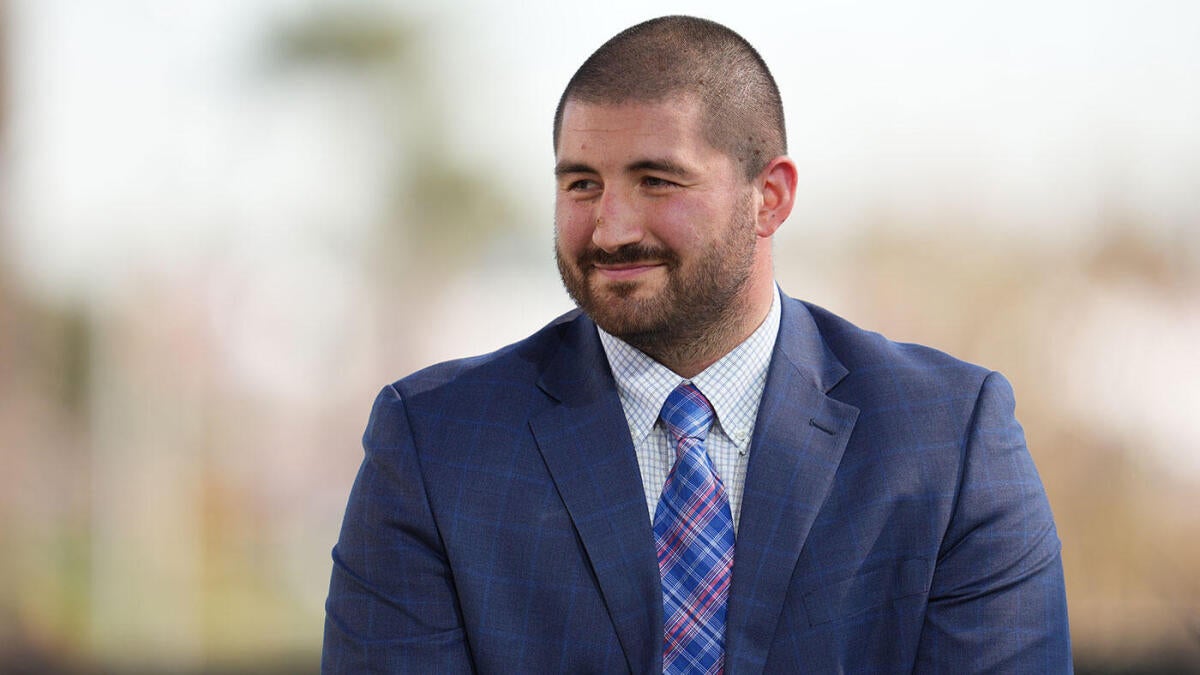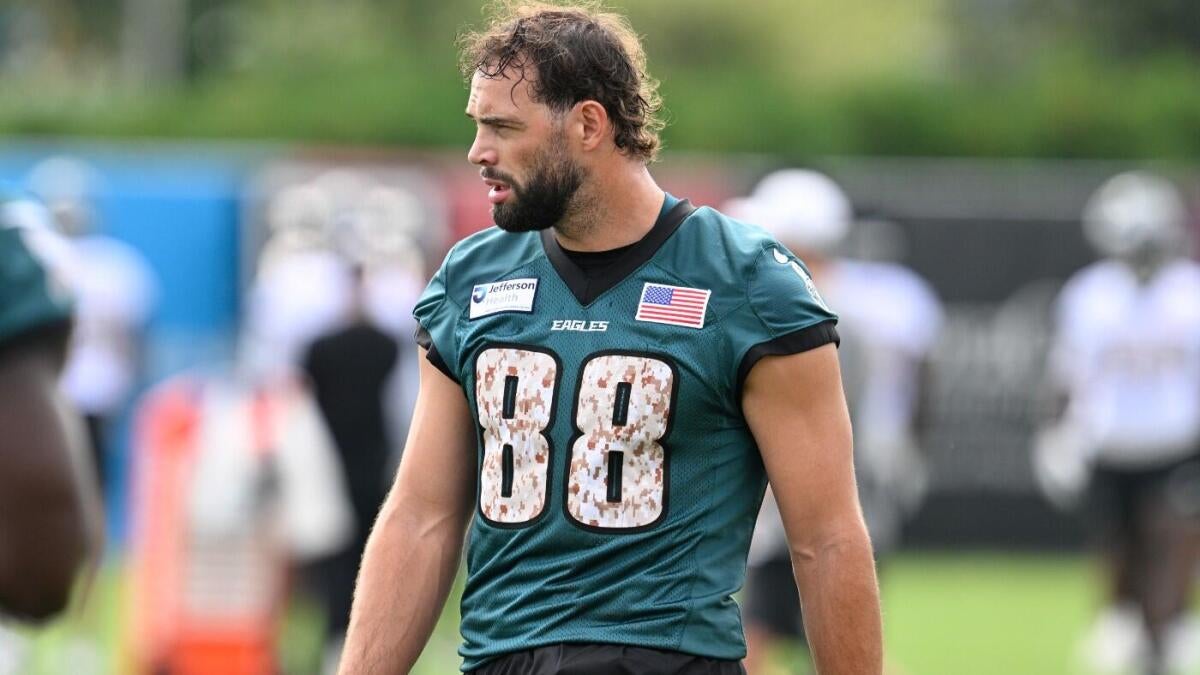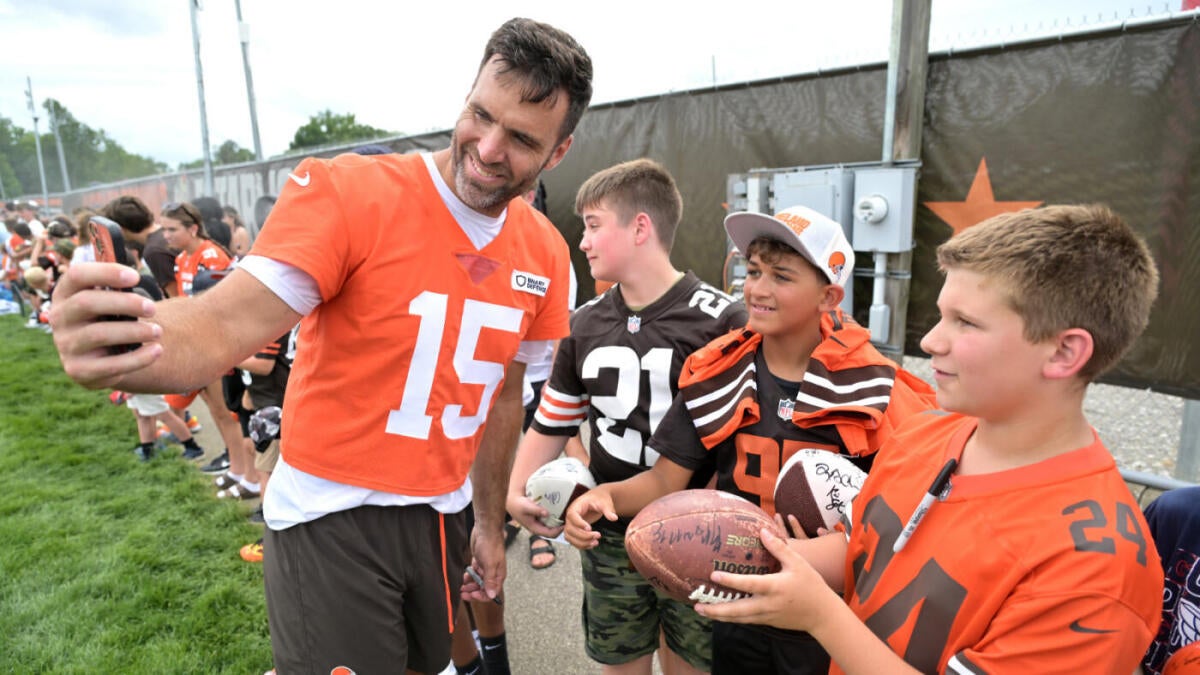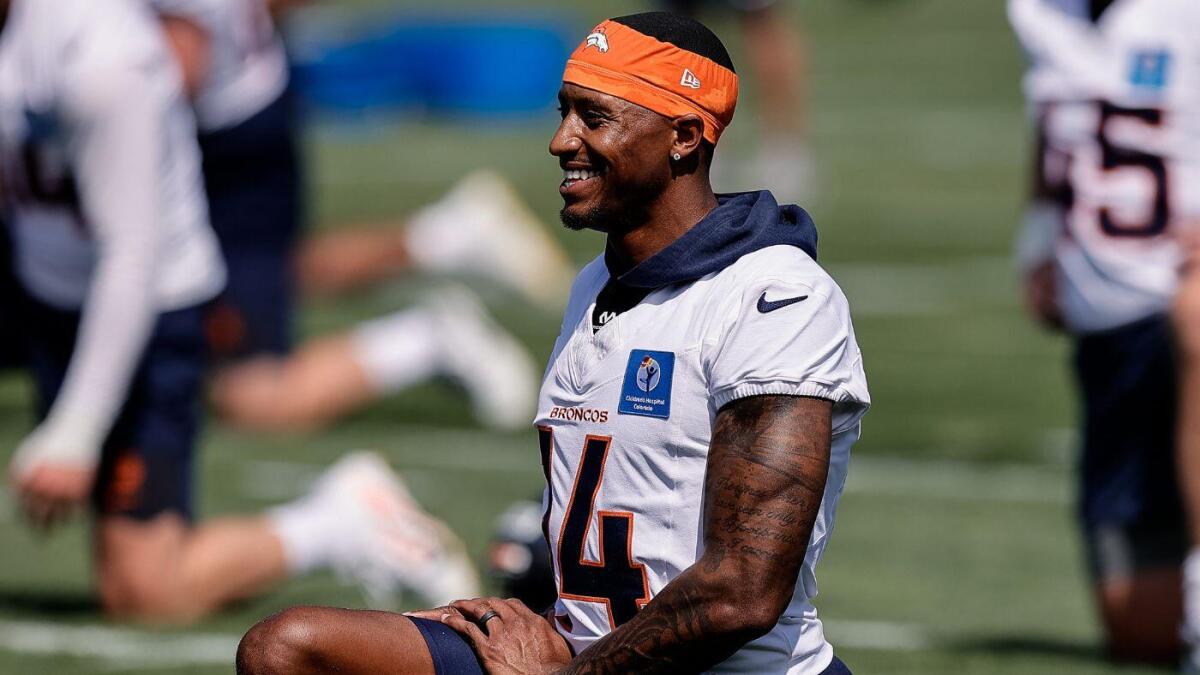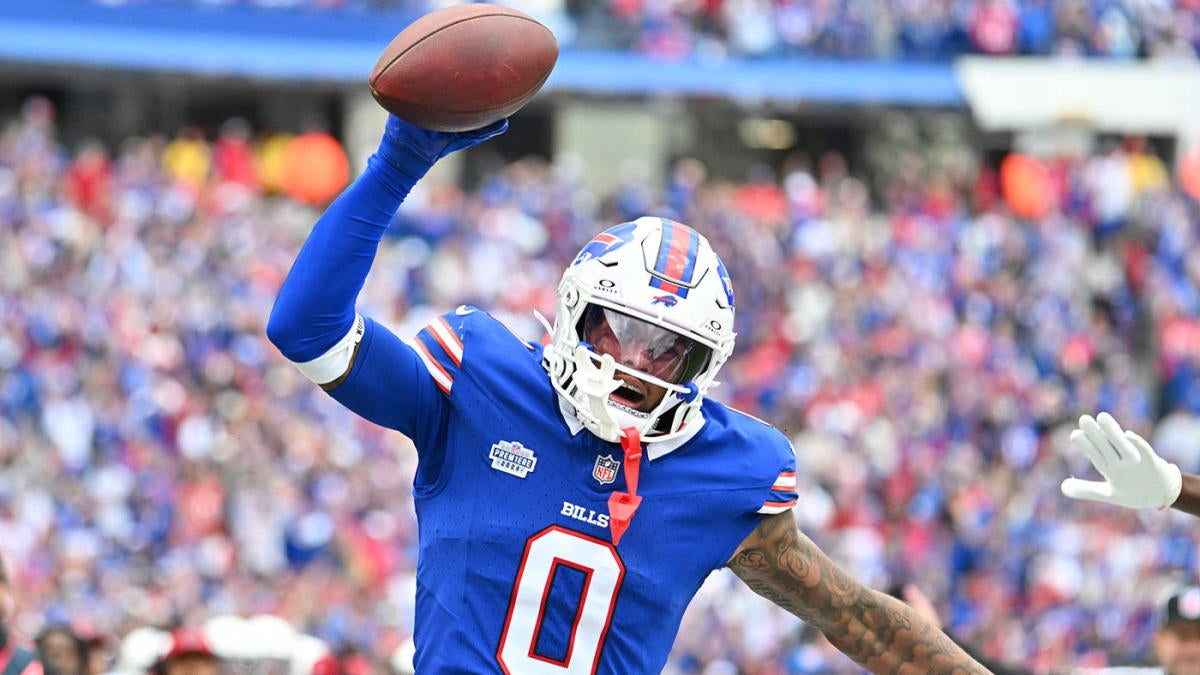
After the Buffalo Bills selected him in the second round of the 2024 NFL Draft, wide receiver Keon Coleman was expected to be a key contributor to the team’s offense. The Bills had traded away Stefon Diggs earlier in the offseason and were turning over their pass-catching corps, and Coleman’s size on the outside provided the team with a different look than it had elsewhere in the receiver room, making him a logical replacement for the role Gabriel Davis had previously filled in the team’s offense.
But Coleman didn’t have the type of season the Bills probably envisioned. He finished the season with just 29 catches for 556 yards and four touchdowns. His 57 targets ranked 10th among all rookies, and were on par with players like Jalen McMillan (58) and DeVaughn Vele (55), who were taken considerably later in the draft.
There’s apparently nobody who is more down on Coleman’s rookie year film than Coleman himself.
“You want to know exactly what I see? Man, that shit trash,” Coleman said of what he put on tape in 2024, via the team’s official website. “You gotta be more efficient here. You gotta get out of this break. You got to stack your DB. You got to give Josh more room to throw the ball. You gotta catch that. You gotta make that block. You got to get that extra effort on the touchdown block so if [James Cook] breaks it, he goes up the sideline. Just different things like that. Calling out everything that you’re doing wrong to make it right.”
It’s hard to evaluate a wide receiver’s blocking ability without the context of knowing who he was supposed to block and how, but it’s worth noting that Pro Football Focus graded Coleman as the 20th-best run blocker among 138 qualified wideouts. He was also asked to block on 43.9% of his offensive snaps, which ranked 23rd among the same group of players, indicating that the Bills trusted him in those situations. (That makes sense, given that he’s a big dude and many of the Bills’ other wideouts are on the smaller side.) So he may not have all that much room to improve in that area, even if he still thinks he does.
But when it comes to the receiving part of being a wide receiver, there are definitely some things to work out, and it’s worth highlighting a few of them ahead of his sophomore campaign.
James Cook attends Bills mandatory minicamp amid contract dispute: ‘I like my money … That’s why I’m here’
Steven Taranto
Earning and converting targets
The first step to contributing as a pass catcher is earning the quarterback’s trust and getting open enough to get the ball thrown your way in the first place. Coleman was pretty unsuccessful at doing that. He ran just 56% of the team’s possible routes, via TruMedia, and was targeted only 17.6% of the time he went out on a route. The latter figure ranked 71st out of the 143 wide receivers leaguewide who ran 100 routes or more.
The second step to contributing is hauling in the pass when it’s thrown your way. Coleman had a 91.2% catchable target rate, again via TruMedia, but still caught just 50.8% of the targets he received. That catch rate checked in 123rd among the same group of players. There were a couple of areas, in particular, that were major issues.
Deep targets
Coleman actually did a better job of earning targets when running a deep route than he did when running shorter routes, via TruMedia. His 19.3% target rate on routes with a break at least 10 yards downfield ranked 36th among the aforementioned 143 wideouts who ran 100 routes or more. But he struggled to turn those deeper routes into actual catches and yards.
Coleman caught just four of 17 passes thrown deep down the field (20-plus air yards), per NFL Pro. He converted only 34.2% of his air yards into receiving yards on those throws, via TruMedia, which ranked far below the league average of 34.2%. He also dropped three of those 17 targets, giving him a 16.7% drop rate on deep passes that ranked 12th-worst out of the 280 players in the league that ran 100 routes or more.
Coleman’s reference to “stacking” the defensive back indicates that he knows he needs to show improvement as a deep threat.
Contested targets
Coleman’s size (6-4, 215 pounds) and lack of speed (he ran the 40-yard dash in 4.61 seconds) means that he needs to be a good contested-catch receiver. But he struggled badly in that area during his rookie year.
According to NFL Pro, he hauled in just six of 23 passes thrown his way where he had less than 1 yard of separation from the closest defender, a 26.1% catch rate that ranked 62nd out of 85 qualified wide receivers. That he was targeted 23 times on those types of throws means that more than 40% of his targets came with very little separation, which is also a problem. He has to be better at converting those opportunities into catches if he’s going to be a viable part of Buffalo’s offense.
To his credit, Coleman also mentioned this as one of the areas where he needs to improve.
Go to Source
Author: Jared Dubin
June 12, 2025 | 3:00 pm
